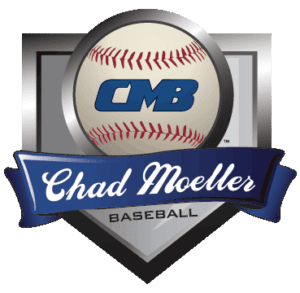Many people talk about when an at bat begins and when it ends. There are many theories, many failed attempts, and many new ideas.
A simple way to look at an at- bat is as follows:
The at-bat begins when the helmet goes on the head. This should trigger the mind that it is time to start to focus on the task at hand. A player usually puts the helmet on when they are 4th up or in the hole. When the helmet goes on – it is time to lock in and go through your routine.
Every hitter should have a routine from this point. There is not a strict routine that all hitters follow, but you should have a routine that you can trust and believe in.
Here are some ideas to consider:
In the Hole: 1. Get your timing down – does the pitcher have a slow windup or fast? Where is his release point? When do you need to start your load? When does your front foot need to get down? What is the possible situation you might be facing? Runner on first – Runners in scoring position – etc. When you are in the hole – prepare the mind to succeed. See yourself succeed in your mind. See the ball flying off the bat.
On deck: Go through your physical routine – some swing with a weighted bat, a sock weight a donut. Face the pitcher with your eyes and physically get your body ready. I always liked to get my hands as loose as possible. Most importantly – get your body physically ready for your at-bat.
Finishing your physical routine and walking to the plate: Try to always finish your on deck routine with a swing that triggers the body and mind that you are ready. Walk to the plate with a purpose and confidence. Don’t run – it is your time – don’t rush it. Pick up your coach and get your sign before you step into the batter’s box. If a player knows the sign and situation you can be sure of the task at hand, because each at bat is different. After getting the sign and most importantly, committing to the sign that is given, then dig into the box.
In box routine: Have a routine that you go through every time. Some tap the plate on the inside – outside- some half swing a few times. Whatever you feel comfortable with – stick with it.
Remember – your body and mind has gone through the proper routine and now it is time to let your body do the work. Trust the preparation and let it fly. The most important word in an at bat is the constant thought of “compete”. It is called an at bat – not a swing or a pitch. One bad swing – one questionable call – is not the at bat. Each pitch – commit to that moment and visualize success. Never let the previous pitch or swing negatively affect the next opportunity.
Get a good pitch to hit and put a good swing on it.
Above is what we can control – all you can control as a hitter is your preparation, your routine, and your physical action of the swing. Whatever happens – whether a hit or an out is out of your control.
When the helmet comes off and is placed in the helmet rack – the at bat is over! The next phase of the game will begin and you need to prepare for that next phase – defense – base-running – or pitching.
Control what you can control – believe in your preparation – have a routine and stick to it – visualize success.
Until Next Time,
Chad

